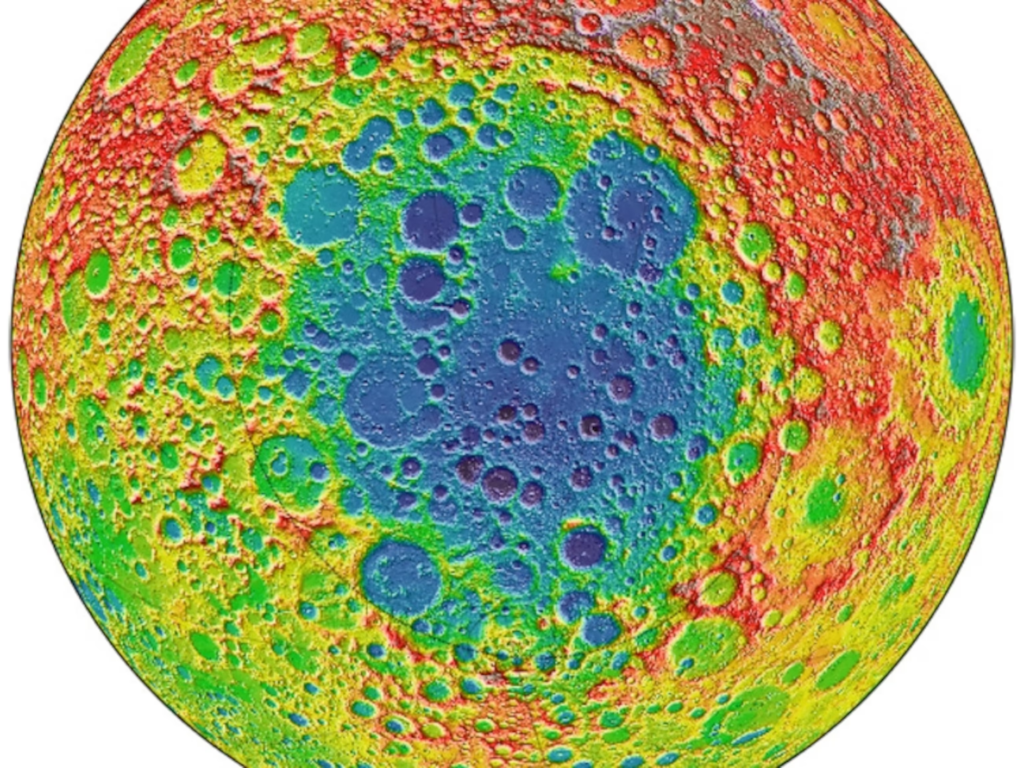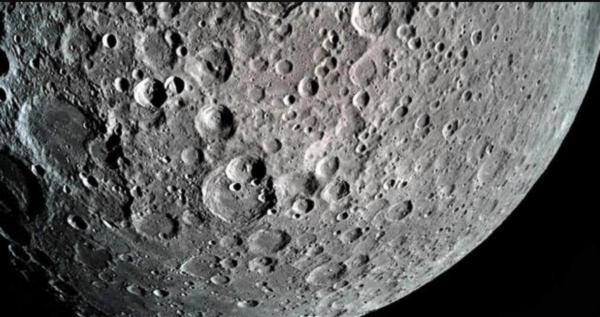With its shape-shifting abilities and a mysterious dark side, the Moon has been a source of wonder and fascination for centuries.
Even though it is the only celestial body on which humans have taken (small) steps, we still have a long way to go before we fully comprehend its potential and disclose its secrets.
Scientists have discovered a concealed feature of the Moon that is enormous and extremely heavy.
A structure weighing at least 2.18 billion kilograms and measuring more than 300 km (186 miles) in depth and 2,000 km (1,243 miles) in length is buried beneath the South Pole-Aitken basin of Pluto, one of the largest preserved craters in the Solar System.
Researchers from the United States, who made the discovery, hypothesized that the “anomaly” could be composed of metal from the asteroid’s interior or oxides from the crystallisation of a magma ocean.
“One of the explanations for this extra mass is that the metal from the asteroid that formed this crater is still embedded in the Moon’s mantle,” Baylor University’s Peter B. James said in a statement provided to IFLScience.

To illustrate how enormous this object is, he continued, “Imagine burying a pile of metal five times the size of Hawaii’s Big Island. We detected roughly this amount of unexpected mass.”
GRAIL data can be utilized to study our cratered companion’s innards.
NASA’s Gravity Recovery and Interior Laboratory (GRAIL) mission, which measures variations in the Moon’s gravitational field, enabled the discovery.

Due to its uniqueness, the South Pole-Aitken Basin has been the subject of numerous investigations.
Who knows what other mysteries it may hold? The region provides information on the interior composition and history of our nearest satellite, and who knows what else it may conceal?

